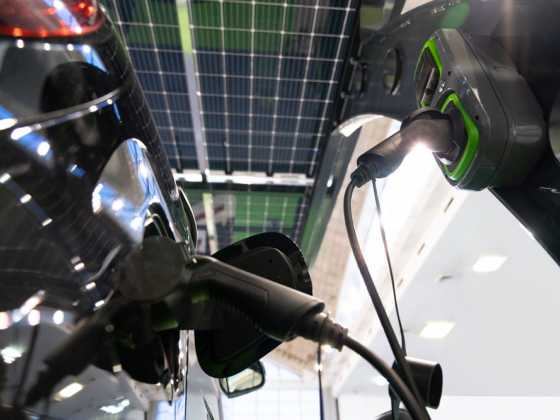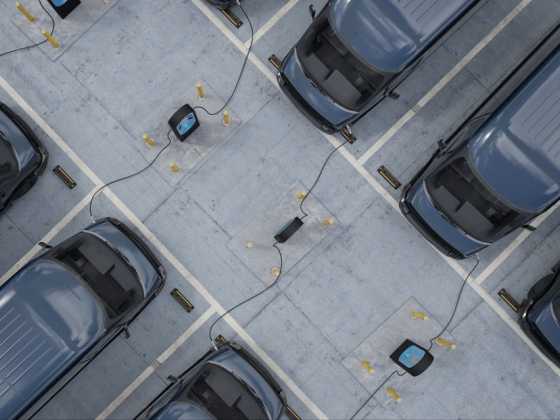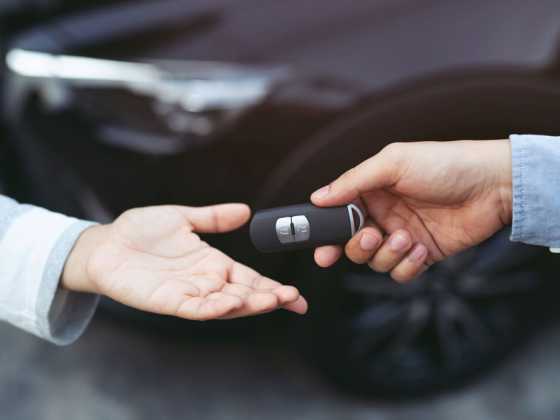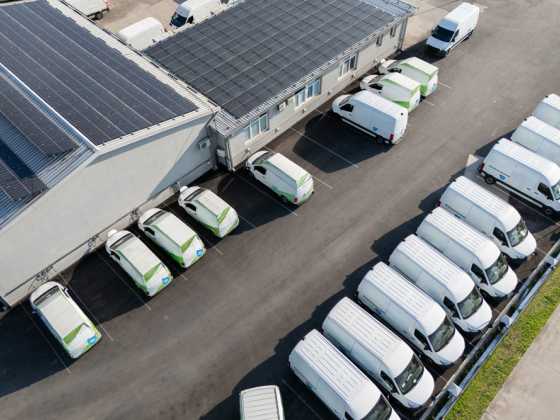Geneva's show-stoppers
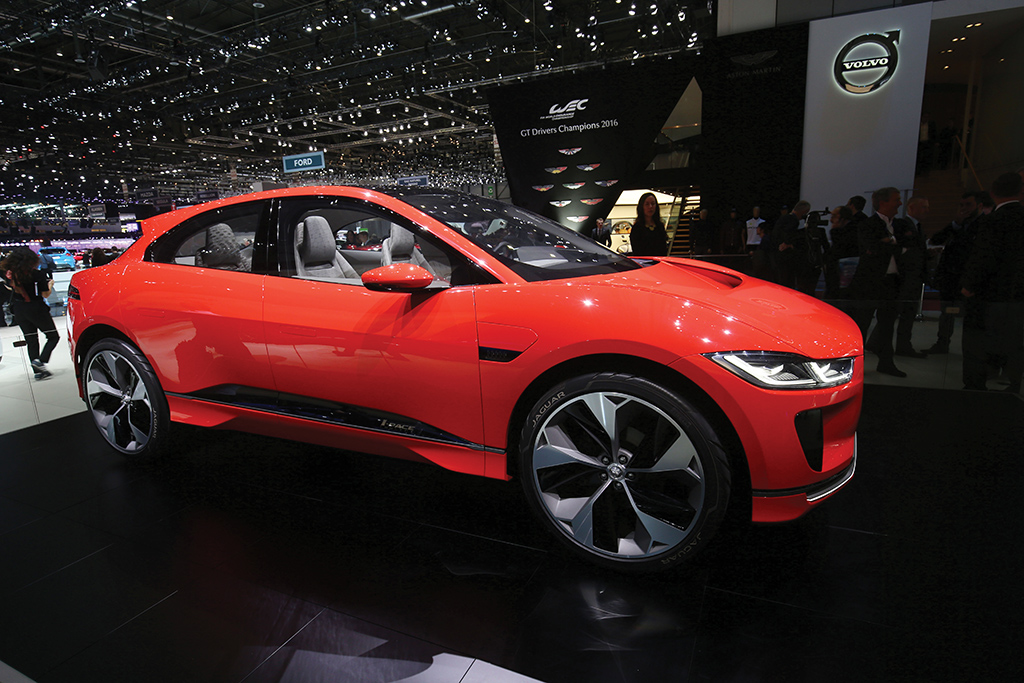
The 2017 Geneva International Motor Show packed the halls of the Palexpo exhibition centre from 9-19 March, with over 690,000 visitors seeing the latest motorised stars from around the world. Over 175 models debuted at 87th running of the show in the Swiss capital. Here are the GreenFleet picks from the 2017 Geneva car catwalk.
HYBRID VEHICLES
Hyundai Ioniq Plug-in Hybrid
One year on from the Ioniq brand’s unveiling at the 2016 Geneva show, the production version of the plug-in Hyundai was unveiled. The last of the trio of EV, hybrid and plug-in hybrid Ioniq variants to be launched, the Ioniq Plug-in Hybrid marries a 103bhp 1.6-litre GDI four-cylinder direct-injection petrol engine to a 45kW (60bhp) electric motor which is powered by a 8.9kWh lithium-ion polymer battery.
The South Korean company quotes an all-electric driving range of up to 38 miles (63km), while emissions are quoted at 26g/km. Fuel economy is stated to be 257mpg on the NEDC cycle. As with the EV version of the Ioniq, the plug-in hybrid model features a ‘Sport’ mode which adjusts the steering feel and changes the gearbox parameters. Hyundai’s sustainability strategy will launch 14 ‘eco’ cars by 2020. This includes five hybrid vehicles, four plug-in hybrid vehicles, four electric vehicles and one fuel-cell electric vehicle.
Kia Niro and Optima Sportswagon Plug-in Hybrids
Hyundai’s South Korean compatriot Kia announced a twin‑prong attack on the PHEV market with a pair of plug-in hybrids based on the Niro crossover and the Optima Sportswagon models launched last year.
Arriving in Q3 2017, the Niro Plug-in Hybrid features the same technology as the Ioniq Plug-in Hybrid, namely a 103bhp 1.6-litre GDI petrol engine, a 45kW electric motor and an 8.9kWh lithium‑ion battery. As its shared tech suggests, the figures are very similar to the Ioniq’s: sub-30g/km CO2 emissions, and a 34‑mile (55km) all-electric driving range.
The Optima Sportswagon Plug-in Hybrid meanwhile features a 153bhp 2.0 GDI petrol engine along with a 50kW electric motor and 11.26kWh lithium‑ion polymer battery. As with the Niro, full production figures weren’t available, but Kia’s engineers are aiming for a 38-mile all‑electric driving range, CO2 emissions of 34g/km and a combined NEDC cycle fuel economy figure of 188mpg.
Lexus
LS 500h
Lexus used Geneva to launch the hybrid version of its new IS luxury saloon. Equipped with the Japanese company’s new ‘Lexus Multi Stage Hybrid System’ for improved performance, the LS 500h features a 3.5-litre dual VVT-i V6 engine with two electric motors which together delivers 354bhp/264kW. Both two and four‑wheel drive versions will be available, and the lithium-ion battery is 20 per cent smaller than that in the current LS 600h.
The new Multi Stage Hybrid System amplies the power from the V6 engine and the hybrid battery to allow greater drive power to be generated when accelerating from rest: 0-62mph takes 5.4 seconds, while the LS 500h can run up to 87mph with the petrol engine shut down.
Audi Q8 Sport Concept
Geneva saw the debut of the Q8 Sport Concept, a 48-volt, 470bhp SUV concept car. The bright orange four-wheel drive car is powered by a 3.0-litre TFSI V6 engine with mild hybrid technology, and Audi promises ‘eight-cylinder performance with the consumption of a four-cylinder’.
Using the same Electrically Powered Compressor technology as the SQ7 TDI, the Q8 Sport Concept gets to 62mph from rest in 4.7 seconds, while also featuring a 745-mile driving range. CO2 emissions are said to be improved by 25 per cent when compared to the SQ7 TDI, and the 0.9kWh lithium-ion battery powers the car in stop-start traffic with the combustion engine turned off.
ELECTRIC VEHICLES
Bentley EXP 12 Speed 6e concept
British car maker Bentley unveiled its EXP 12 Speed 6e all-electric concept sports car in Switzerland. Gauging public reaction to help shape its future, any production model of two-seater is expected to feature rapid inductive charging as well as connected on‑board concierge services.
Honda NeuV concept
Japanese firm Honda pulled the covers off its NeuV electric concept car at the Palexpo. Pronounced ‘new-vee’, the NeuV (New Electric Urban Vehicle) is an automated ride‑sharing car when the owner is not using it. It also learns the driver’s emotions using an AI assistant, and has a ‘Kick n Go’ electric scooter in the boot. Honda also revealed details its ‘Electric Vision’, which aims to have electrified powertrains in two-thirds of its European cars by 2025. It also displayed the European version of its Clarity Fuel Cell model.
Jaguar i-Pace concept
After an initial unveiling in 2016, Jaguar showcased its i-Pace concept SUV in Geneva. An all-electric SUV, the Swiss show car was finished in ‘Photon Red’, and previews the company’s first-ever electric vehicle. Range is said to be a Tesla‑rivalling 310 miles (500km) from its 90kWh lithium‑ion battery, with an 80 per cent charge achieved in just 90 minutes using 50kW DC charging infrastructure.
Renault Zoe e-Sport concept
French manufacturer Renault unveiled a true EV surprise in Switzerland: a two-seater racing‑focused version of its Zoe electric car. With its twin electric motors, power is up to a phenomenal 460bhp (340kW), with massive torque of 640Nm/472lb ft.
The benchmark 0-60mph sprint is dispatched in just 3.2 seconds, while 130mph comes up in under 10 seconds. Four driving modes also allow drivers to choose between performance and range, but sadly there are no plans to produce the car, but it may make appearances at Formula E events later this year.
Toyota i-TRIL Concept
The i-TRIL EV concept was given its world debut on the Toyota stand. Featuring a one‑plus‑two seating layout and ‘active lean’ technology seen on the company’s i-Road concept (the rear wheels stay perpendicular to the road while the front wheels and the body lean thanks to a hinge between the rear axle and the cabin), the i-TRIL weights just 600kg and is said forecast to achieve 185 miles (300km) between charges.
HYDROGEN FUEL CELL VEHICLES
Hyundai FE Concept
Hyundai’s current hydrogen-powered car, the ix35 Fuel Cell is getting on a bit, so the company used Geneva to preview its successor. Just like the hydrogen ix35 (which was the first mass-produced hydrogen‑powered vehicle), the FE Fuel Cell Concept is once again an SUV. The slippery body features a rear foil and vents which help with aerodynamic efficiency, and wraps Hyundai’s fourth-generation hydrogen fuel cell technology.
The fuel cell stack itself has a 30 per cent larger power density, boosting range to almost 500 miles (800km). Portable battery packs also feature. An FE Fuel Cell Concept‑inspired model is scheduled to arrive next year.
CONVENTIONALLY-FUELLED VEHICLES
SEAT Ibiza
The fifth-generation of SEAT’s small car debuted at Geneva, and it’s a significant model for the Volkswagen Group. The Spanish car is the first vehicle to use the new modular MQB platform in its smallest ‘A0’ size ahead of the new Volkswagen Polo, Audi A1 and Škoda Fabia.
Benefits include new technology options, increased interior space, plus a more ‘rewarding’ driving experience, according to the Spanish car maker. More parts of the car have been made using Hot-Forming technology, therefore reducing weight and improving fuel economy. Engines are all Euro 6-compliant, with TSI petrol engines powering the bulk of the new models in the new range, with a new 1.5 TSI EVO model due with active cylinder management which shuts down two cylinders under part-throttle speeds. A brace of 1.6-litre TDI diesels will also feature.
Vauxhall Insignia Grand Sport
Replacing the fleet-friendly Insignia, the Vauxhall Insignia Grand Sport may get a new name, but it sticks with the old car’s five‑door ‘fastback’ hatch and Sports Tourer estate formats.
Styling draws heavily on the outgoing car but, in keeping with its new name, features a more sporting look overall. Starting at £17,115, the new range includes a new 1.5-litre turbocharged petrol model and tops off with the £26,455 2.0-litre 4x4 petrol version. Of interest to GreenFleet readers, the 105g/km 1.6-litre Turbo D ecoTEC has 107bhp and a starting price of £18,485.
Volvo XC60
Volvo used the Swiss show as a springboard to launch a new version of its XC60 SUV. Taking styling cues from the well-received XC90, the smaller car takes 30 per cent of Volvo’s global sales. The T8 Twin Engine petrol plug-in hybrid powertrain sits at the top of the range, its 407bhp output giving the car a 0-62mph time of just 5.3 seconds, as well as emissions of just 49g/km. D4 and D5 diesel versions have emissions of 136 and 144g/km respectively, while the T5 and T6 petrol engines are rated at between 167-176g/km. As you’d expect from a Volvo, safety is high on the XC60’s agenda, with new Steer Assist technology featuring on the new car along with a raft of other systems: Volvo claims the new XC60 is one of the safest cars ever made.


